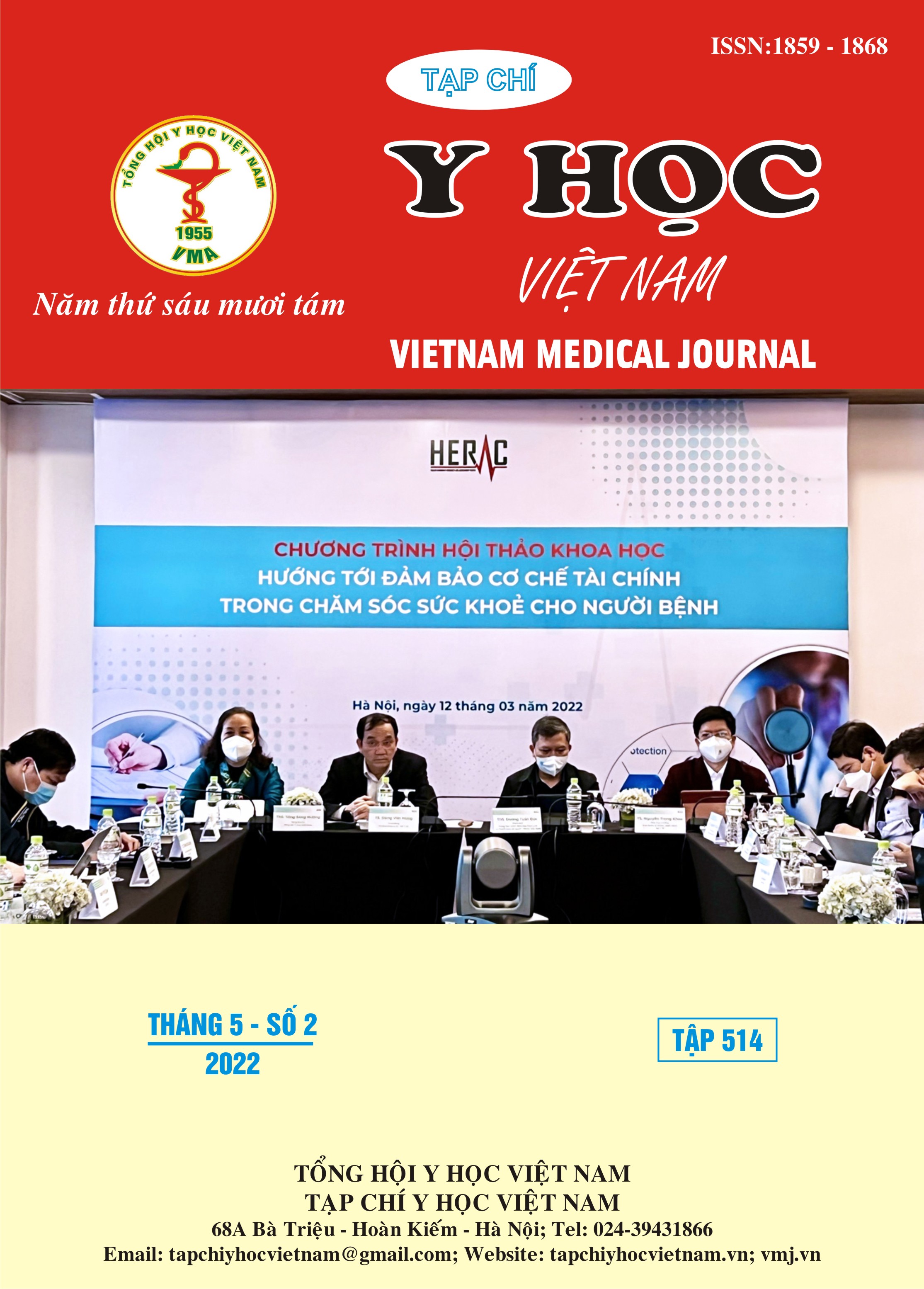CHARACTERISTICS OF LACTIC ACIDOSIS IN PATIENTS WITH ACUTE POISONING DUE TO DRUGS AND CHEMICALS
Main Article Content
Abstract
Objective: to describe the characteristics of lactic acidosis in patients with acute poisoning due to drugs and chemicals. Subjects and methods: a prospective descriptive study on 127 acute poisoning patients with lactic acidosis treated at the Poison Control Center of Bach Mai hospital from July 2019 to July 2020. Results: Alcohol poisoning: the lactate levels of methanol poisonings on admission were higher than those of ethanol poisonings (9.4 vs 4.7 mmol/l; p<0.01); lactate returned to normal more slowly (27.8 vs 8.2 hours; p<0.01); Patients with methanol intoxication were admitted to hospital later, had higher rates of severe complications and multi-organ failure than ethanol poisoned patients (p<0.01); the patients were only died from methanol poisoning (40%), lactate on admission ≥10 mmol/L had mortality rate of 66.7%. Paracetamol poisoning: early admission after 3.7 hours with lactate averaging 4.7 mmol/L and normalized after 9.5 hours; mild and moderate lactate increased; no serious complications and death. Biguanid poisoning: late admission (52 hours), severe lactate increase (100%), normalized after 48 hours; 100% metabolic acidosis and severe complications; mortality is 33%. Cyanide poisoning: early admission after 1.6 hours, severe lactate increase (40%) normalized after 14.4 hours; multi-organ failure and death 20%. Conclusion: Assessment of increased lactic acidosis and poisoning level help prognosis and early management.
Article Details
Keywords
lactic acidosis, acute poisoning
References
2. Shah AD, Wood DM, Dargan PI (2011), “Understanding lactic acidosis in paracetamol (acetaminophen) poisoning”, Br J Clin Pharmacol. 2011;71(1):20-28.
3. Seheult J, Fitzpatrick G, Boran G. (2017), “Lactic acidosis: an update”, Clin Chem Lab Med. 2017;55(3):322-333.
4. Nguyễn Thị Dụ (2004), “Định hướng chung chẩn đoán và xử trí ngộ độc cấp”, Tư vấn chẩn đoán và xử trí nhanh ngộ độc cấp. Nhà xuất bản Y học Hà Nội. 2004; 9-22.
5. Suetrong B, Walley KR. (2016), “Lactic Acidosis in Sepsis: It’s Not All Anaerobic: Implications for Diagnosis and Management”, Chest. 2016;149(1):252-261.
6. Ralphe Bou Chebl, El Khuri C, Shami A, et al (2017), “Serum lactate is an independent predictor of hospital mortality in critically ill patients in the emergency department: a retrospective study”, Scand J Trauma Resusc Emerg Med. 2017;25 (1):69
7. Manini AF, Kumar A, Olsen D, et al, (2010) “Utility of serum lactate to predict drug-overdose fatality”, Clin Toxicol (Phila). 2010;48(7):730-736.
8. Dichtwald S., Weinbroum AA., Sorkine P, et al (2012), “Metformin-associated lactic acidosis following acute kidney injury. Efficacious treatment with continuous renal replacement therapy”, Diabet Med. 2012;29(2):245-250.
9. Shoma Desai (2020), “Cyanide poisoning”, UptoDate 2020


